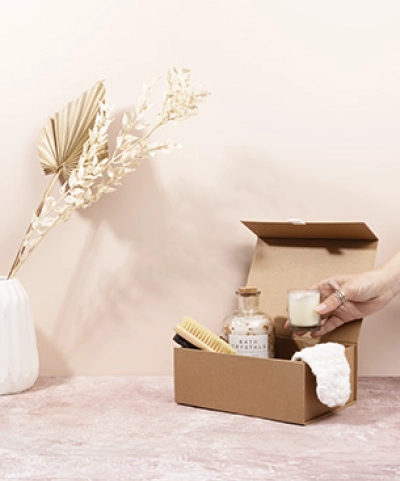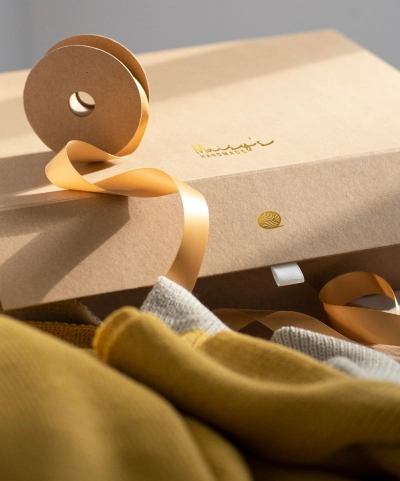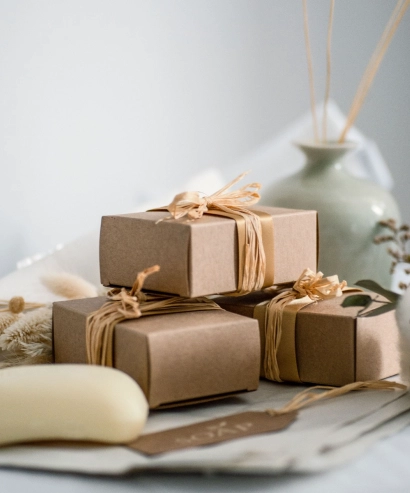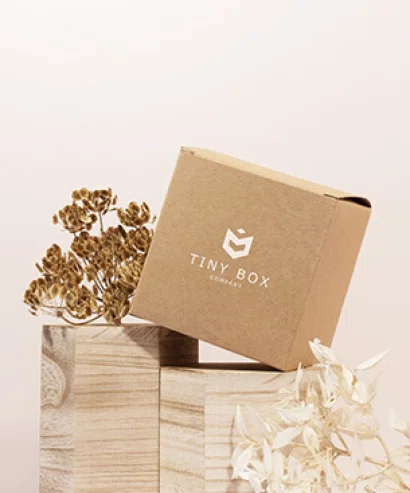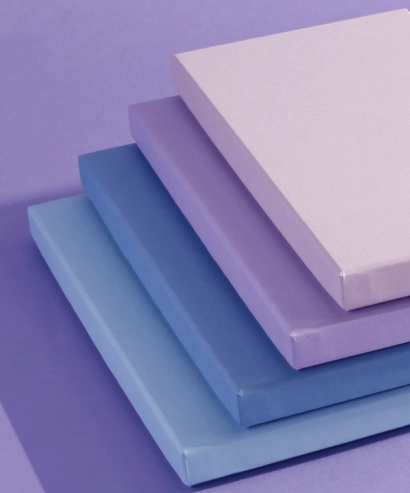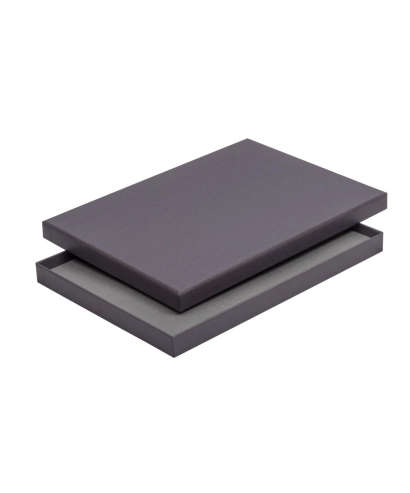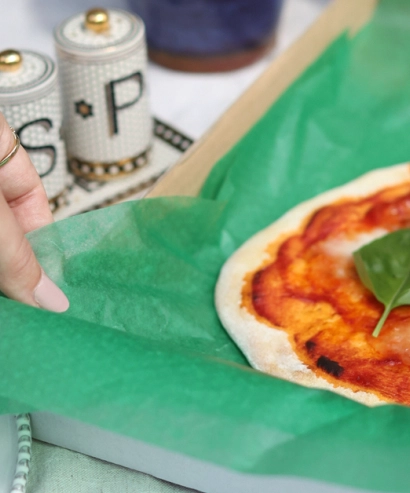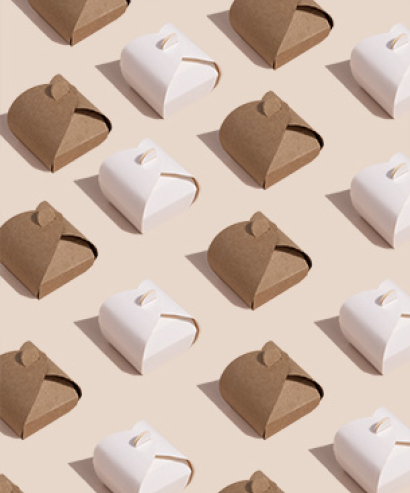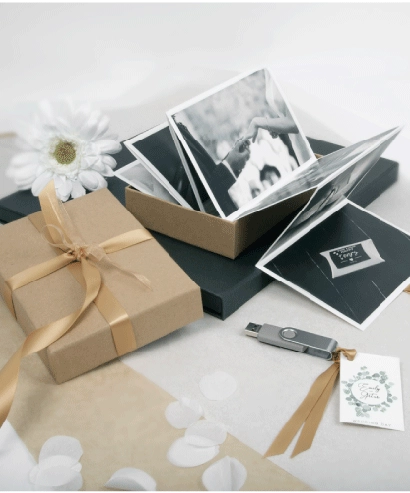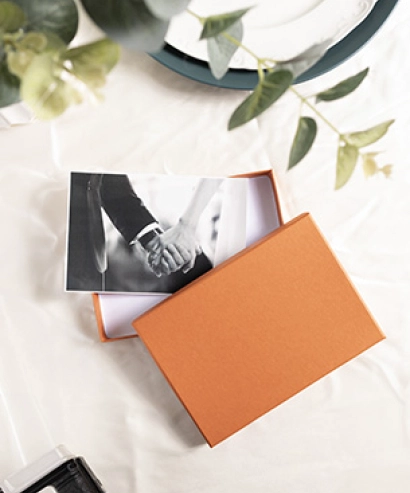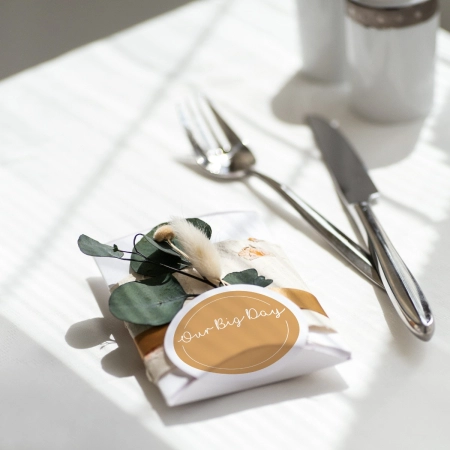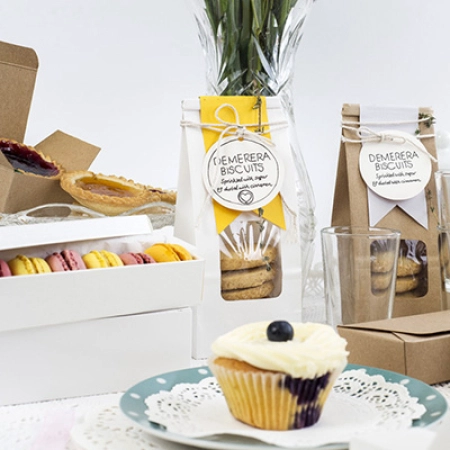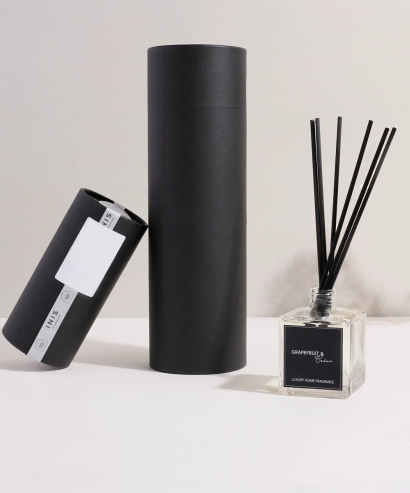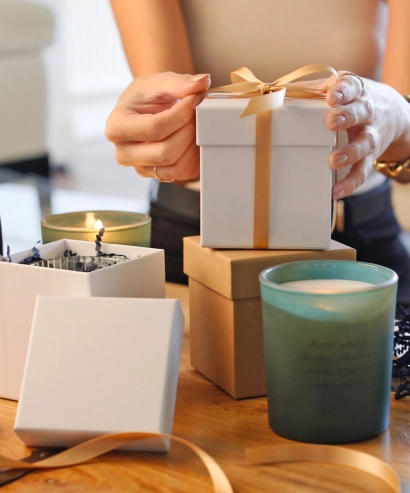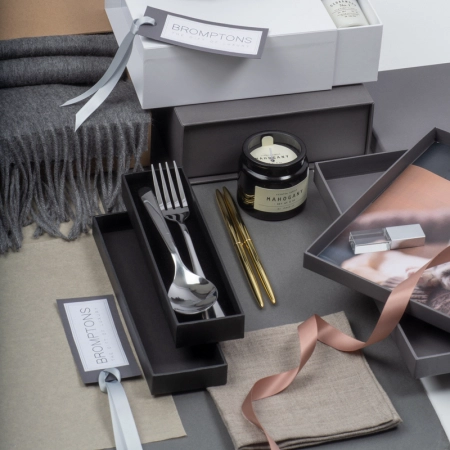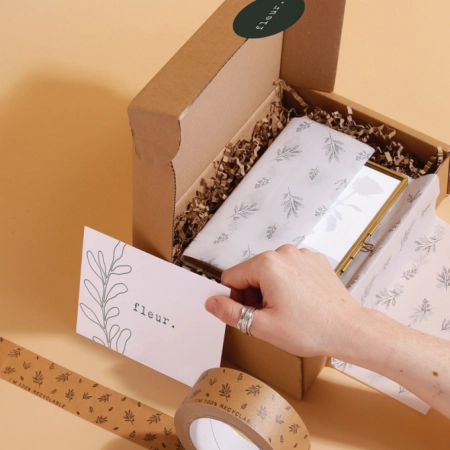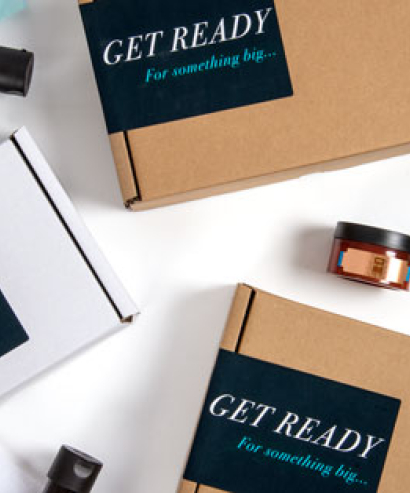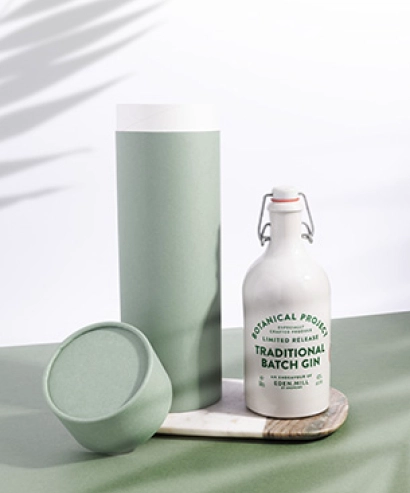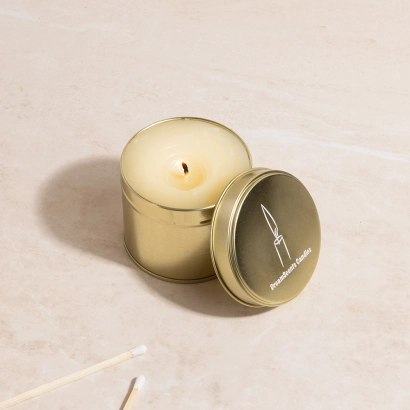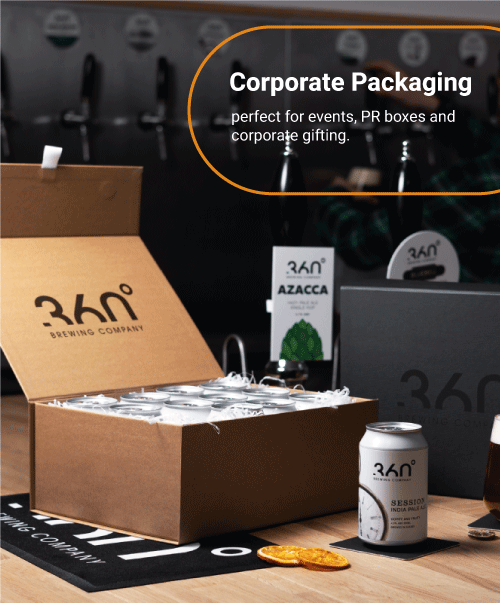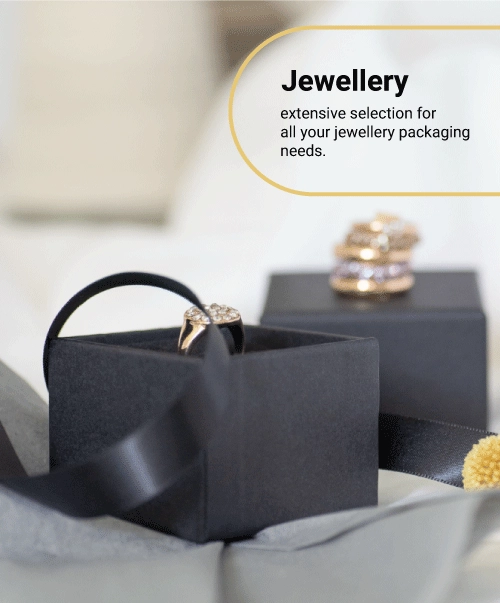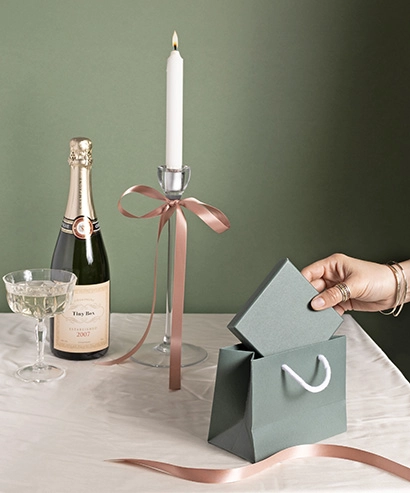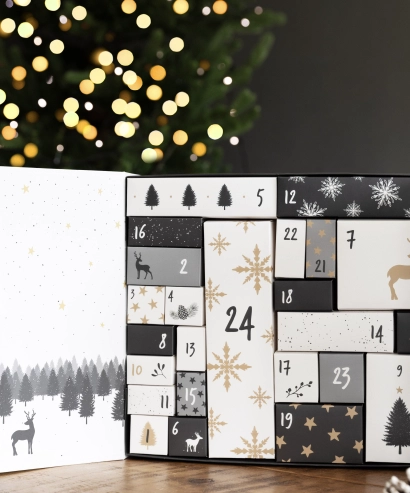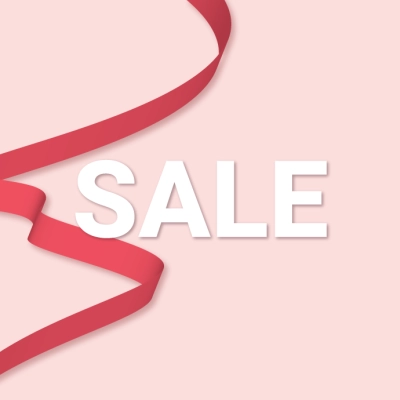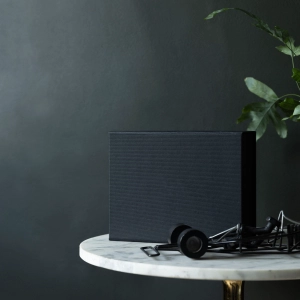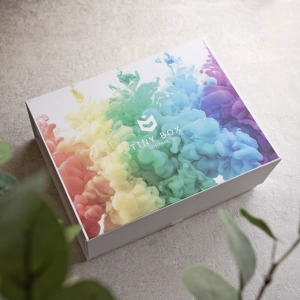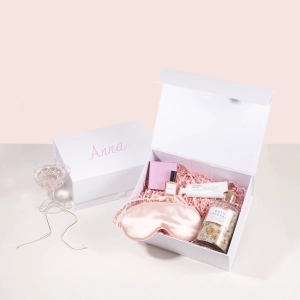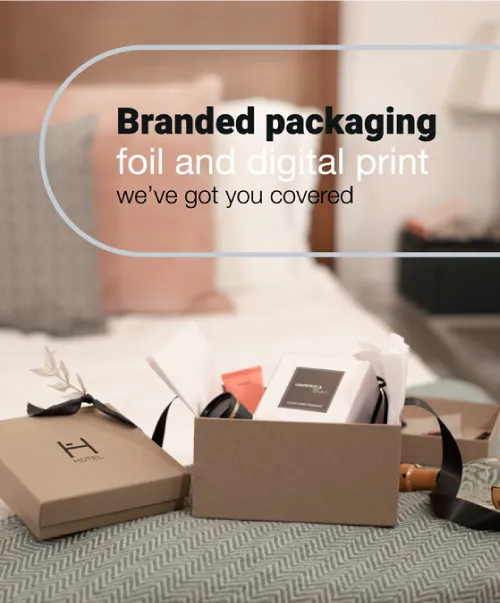WHAT PACKAGING?
How important is packaging?
Some researchers claim that the packaging is actually more important than the product itself as this is often the first thing that potential consumers see. Market researchers, Hofmeyr and Rice, (ref 4) highlight the case where a well-known beer brand changed the colour of their packaging just slightly to a lighter shade and this tiny change led to a reduction in sales of 20% within one year. Nothing else in the branding had changed but the lighter colour suggested to consumers that the quality had been compromised. Louis Cheskin found as early as the 1930’s (ref 4) that consumers were unable to differentiate between the product and the packaging and that the two were seen as the one product offering. He talked about “sensation transference” where our feelings about the packaging are then transferred onto the product.
Some researchers have gone on to suggest that packaging can actually affect our emotions. A research project by the Chair of Marketing at Zeppelin University et al, (ref 5) found that through studies of brain activity, attractive packaging stimulates feelings of happiness and motivation.
Ampeuero and Vila (2006) conducted research in Spain and found three key areas that affected the customer’s response to the product and packaging:
-
Colour
-
Text
-
Logos/pictures and illustrations
Colour
Research has shown that, as a general rule, darker colours are associated with luxury and cheaper products are associated with lighter colours and white. Therefore, many luxury brands are packaged in black and navy blue.
Grossman and Wisenblit, 1999 (ref 4), found that consumers learn colour associations from current brands in the market, which these associations affect their preferences of colour for various product categories. The famous Tiffany colours and Harrods colours are now associated with luxury, whereas the white and green of Asda are associated with value for money.
Colour is therefore associated with your brand and thus one of the key factors to consider is consistency. By sticking to one or two colours, customers will then associate those colours with your brand and using multiple colours or changing those colours causes customer confusion. Heinz still sell their beans in the same blue/green!
What text?
The research shows (ref 3) that one of the key influences of buying decisions is the readability of any text. The text needs to be clear and unambiguous. Interestingly, Grossman and Wisenblit found that luxury products tended to have a simple text in bold upper case format (e.g. Chanel) whereas more price accessible products are associated with type fonts such as serif or sans-serif.
Logo’s / pictures and illustrations
Luxury items seem to be associated with straight lines, squares and symmetrical positioning (Chanel!), whereas more price sensitive products tend to have curves, circles and asymmetrical positioning. However, Rettie and Brewer (2000, ref 4) found that because of the way our brains work, text recall is higher when positioned to the right of the packaging than to the left and that product images are better placed on the left of the packaging for memory recall.
- 2. What are you selling?
Is it aimed at the gift market, luxury market or impulse buys? If yes, the chances are that the consumer doesn’t view the packaging in isolation but as an integral part of the product. If consumers are purchasing items such as TV's etc. then the packaging becomes less important and tends to serve the purpose of protection of the product rather than as a marketing/advertising tool (ref 1). Research has shown that, with regards to impulse buys, consumers make up their mind on the brand or product within five seconds, which means that you have up to five seconds to impress your customers with the right packaging for your product.
“Packaging is crucial, given that it is the first thing that the public sees before making the final decision to buy” (Vidales Giovannetti, 1995). (Ref 4).
- 3. Do customers expect nice packaging when being “green” is important to consumers?
The irony is that even though consumers say they want less packaging and that they want to be green, when buying luxury items, self-purchases and gifts, consumers still want nice packaging – especially branded. It still seems to be engrained in the British mindset that nice packaging means the item inside is a premium product (whether or not the actual product inside is luxury or not). A small guilt factor may kick in if the item purchased is a self-purchase, but this will be slightly alleviated if the consumer knows that the packaging is recycled or environmentally friendly.
In a survey carried out by Deloittes Consumer Product Group (ref 2), they found that 34% of consumers cited eco-friendly/recycled packaging and production as a key factor in making purchasing decisions. Datamonitor (2008, ref 6) found that although 75% of consumers stated that environmental issues are important to them, only 25% would act on this emotion. However, consumers now seem to expect producers to take responsibility for these issues.
- 4. Who are you selling to?
Research shows (see links below) that women are now the decision makers for over 80% of purchases (ref 3) and therefore, the packaging should appeal to the target market in terms of the age range and socioeconomic groups you are targeting. The survey detailed in ref 3 below showed that women have a clear idea of packaging they like and there is a strong correlation between the packaging and purchasing decisions. Younger women (ref 3) seem to be particularly attracted to luxury packaging. If however, your main customers are men then this needs to be reflected in the packaging.
- 5. Where are you selling your products?
The packaging needs to tie in with the type of packaging that customers would expect in that location. You would not expect your jewellery to be handed over in a brown paper bag if buying in a high-class jewellers or boutique. At the same time, consumers would not expect extremely high-class packaging on a market stall and in fact, this would raise suspicion in the consumer's mind.
- 6. What size?
Size is obviously key. The product needs to fit comfortably in the packaging and certainly, in shops, space is key.
- 7. Branding?
Interestingly although in a recession in the UK, branding has become more important than ever. This seems to be because consumers have limited funds they want to spend that money on a brand that is perceived to be “trusted”. Unbranded items seem to create an element of mistrust and therefore discomfort in the consumer's mind.
We hope the information above is of use but Tiny Box Company Limited cannot guarantee the accuracy of the information and the information is aimed at purely giving our customers points to think about when making decisions.

